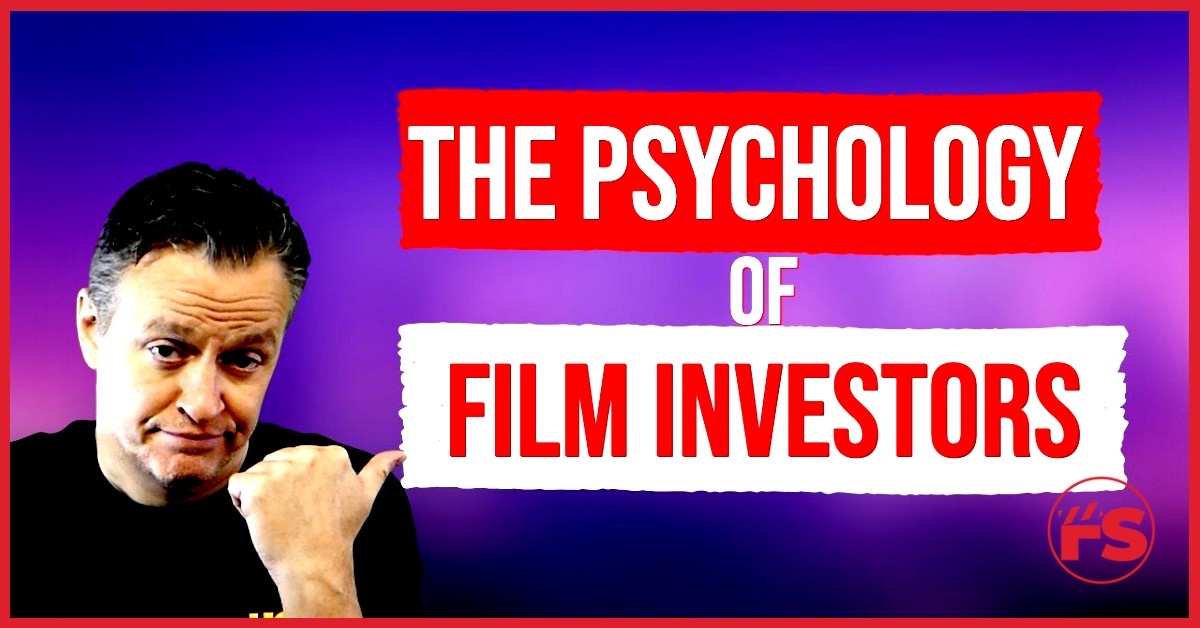If you're pitching a movie to investors, you need to understand this: it's not just about the numbers. After years of raising money for indie films, I’ve learned there’s a real psychology of film investors that you need to tap into. It’s not a guessing game. There are three things they want to hear—and if you hit all three, your chances of closing the deal go way up.
Let’s break them down.
1. The Power of Excitement
The first thing investors want is excitement. I’m talking about the thrill of being part of something new, different, and honestly, kind of sexy. Think about it—many investors made their money in businesses that have nothing to do with film. Maybe it’s real estate, finance, tech, or something like designing coffee mugs.
And even if they love what they do, it’s still routine. You show up and do the same thing every day. But when you walk in with a film project, you’re offering something outside the norm—something fun, fresh, and full of possibility. That’s exciting.
Your job is to sell that excitement. Make them feel what it would be like to be involved in the movie. That emotional spark is often the first domino to fall.
2. The Experience of Being Part of a Film
The second thing is the experience. This is where things really come to life. If someone’s putting money into your project, make them part of the ride. Invite them to set. Let them walk the red carpet. Let them take photos with the cast. Make them feel like a producer.
One of the best ways I’ve ever seen an investor close is by visiting the set. Seriously. I call it the “dangerous” strategy—starting the shoot before all the money is raised. Because when an investor steps onto a working set and sees the lights, cameras, and the energy… they want in. It’s like magic. They feel the momentum and the potential.
Now, I’m not saying you always want to start production before you have full financing, but I am saying that bringing an investor into the process early—especially during the fun parts—can be your secret weapon.
3. Show Them a Chance at ROI
Now, let’s talk about the third and final piece: return on investment. Every investor knows there’s risk involved. If they didn’t, everyone would be investing in films. But they still want to hear that there’s a chance to make money.
You don’t have to promise anything. In fact, I always say clearly, “There are no guarantees.” But I also stack the deck with as much value as possible—distribution plans, recognizable cast, solid genre, experienced director. All of those give the investor confidence that there’s a real path to success.
Even if you're pitching a documentary and you know it won’t be a big money-maker, this is where you lean even harder on the excitement and experience. But for narrative films, you absolutely have to show them the business plan.

Use the Psychology of Film Investors to Your Advantage
When you're pitching, remember this: you're not just sharing a story. You're giving someone the chance to be part of something exciting, meaningful, and possibly profitable. If you focus on these three areas—excitement, experience, and return—you’re speaking the language investors understand.
That’s how you close.
Want more tips on raising money for films?
Subscribe to my YouTube channel at youtube.com/filmmakingstuff or check out my other articles on indie film financing.
Let me know in the comments or shoot me a message—what’s the biggest challenge you’ve faced when pitching to investors?

